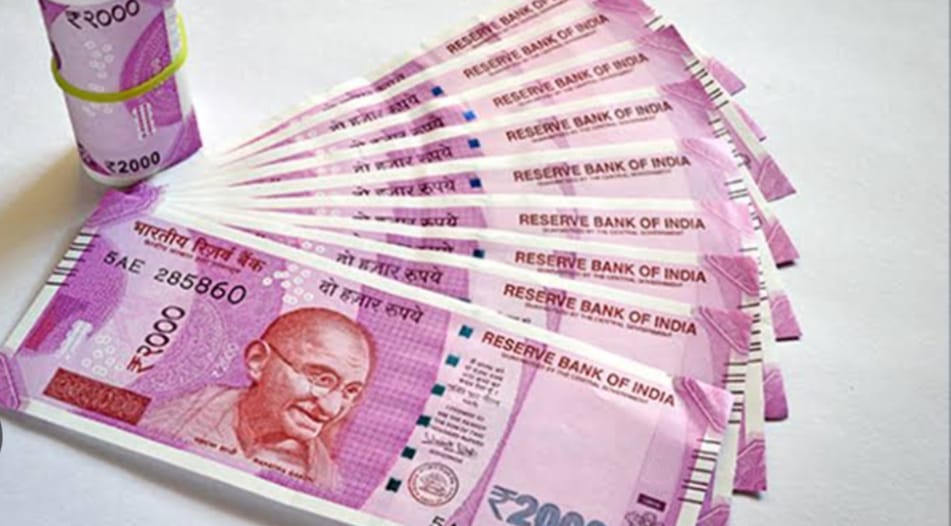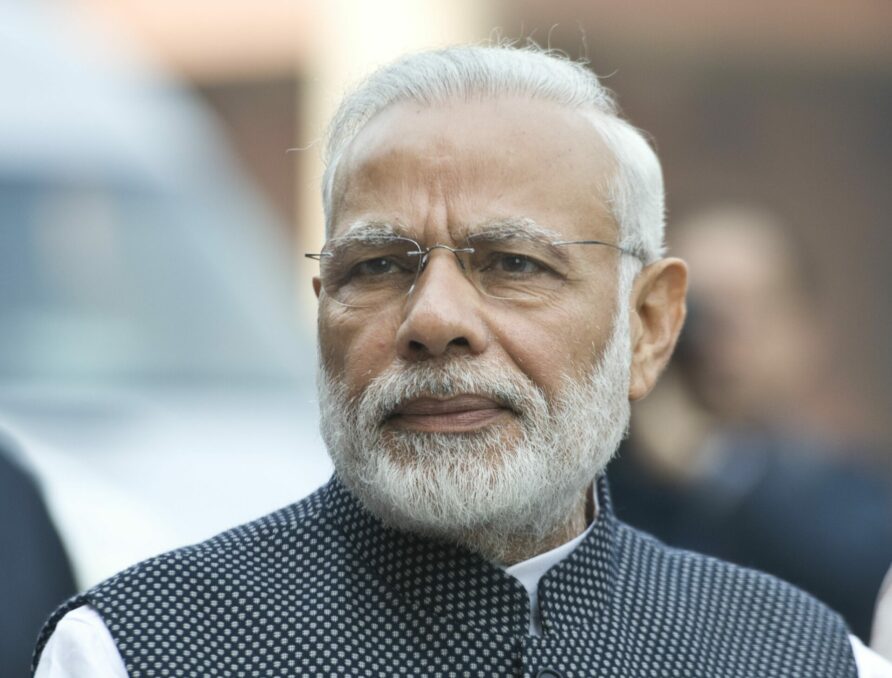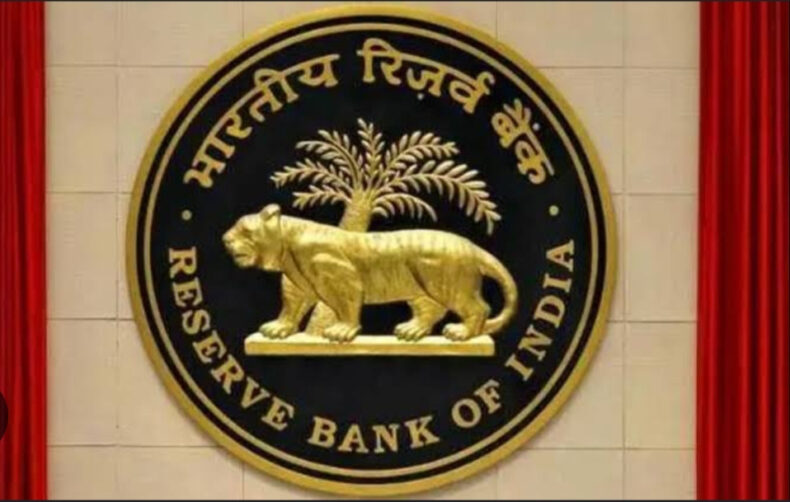The RBI has granted permission for the exchange of ₹2,000 banknotes into smaller
denominations, allowing transactions up to ₹20,000 per exchange.
Tax authorities may scrutinize any significant increase in deposits of ₹2,000 banknotes in currency chests by bank branches. The Reserve Bank of India (RBI) has allowed the exchange of ₹2,000 banknotes into smaller denominations up to ₹20,000 per transaction.
Bank branches have been instructed to maintain a daily transaction record to track such deposits.
Equipped with data analytics and artificial intelligence tools
The use of data analytics and artificial intelligence by banks and tax authorities makes it difficult to exchange large sums of unaccounted cash without being detected.
By leveraging technology and maintaining a stringent monitoring framework, the RBI and tax authorities aim to foster greater accountability and prevent the misuse of currency for unlawful purposes.

Measures to Prevent Money Laundering
Tax authorities are implementing measures to prevent money laundering and detect
unaccounted cash. By keeping a daily transaction record, bank branches are expected to assist in tracking deposits and identifying any attempts to launder large sums of money through exchanges.
The move aims to ensure transparency, deter illicit financial activities, and bring unaccounted money into the formal system.

The 2016 demonetisation drive and the government’s efforts to combat black money resulted in the disclosure of approximately ₹1.30 lakh crore of undisclosed income, along with the seizure and attachment of assets worth about ₹50,000 crore.
Many shell companies were identified and deregistered during this process. Since ₹2,000 notes were not commonly used in transactions for some time, it is suspected that a significant portion of them that are not in circulation could be unaccounted money obtained through illegal means or tax evasion.
While individuals are allowed to deposit any number of ₹2,000 notes in their bank accounts, bulk deposits beyond a certain threshold (e.g., over ₹10 lakh) may require explanations if they are not reflected in the income-tax return (ITR). The RBI has specified that depositing funds into bank accounts is permitted without restrictions, subject to compliance with know your customer (KYC) norms.
Honest taxpayers need not panic, as they can deposit any amount in their bank accounts and explain it in their ITRs.
Tax authorities will primarily scrutinize suspicious transactions and unaccounted deposits. Certain sectors, such as real estate, mining, pan masala, gutkka and tobacco industry, bullion and commodity markets, film industry, educational institutes, And various professions, are often under the scrutiny of tax authorities due to a higher likelihood of unaccounted income.

The Notes were initially printed in response to
The Rs.2,000 notes were initially printed in response to the shortage of currency notes of other denominations after the demonetization policy in 2016.
Once an adequate supply of smaller denomination notes was achieved to meet the demand, the Reserve Bank of India (RBI) ceased printing the Rs.2,000 notes in 2018-19.
Since these notes are not widely used for transactions anymore and there are sufficient notes of other denominations in circulation.
The RBI announced on May 19 that ₹2,000 notes would be withdrawn from circulation, although they would remain legal tender. People have been advised to deposit or exchange these banknotes by September 30.












